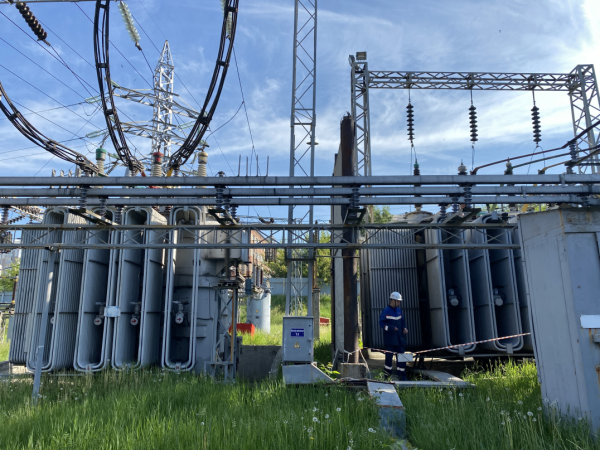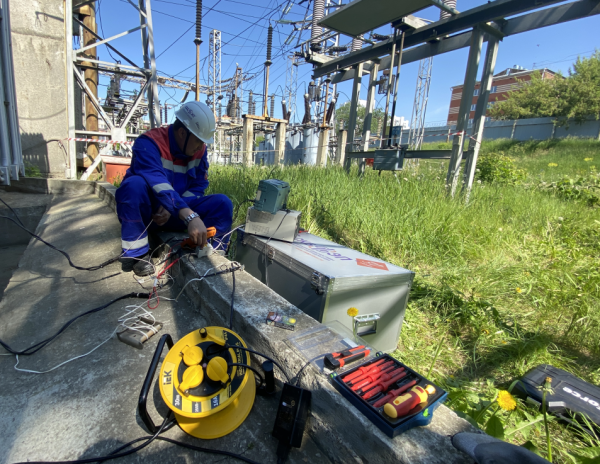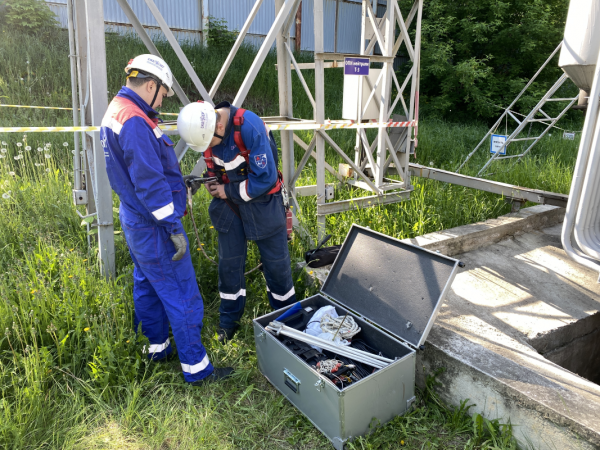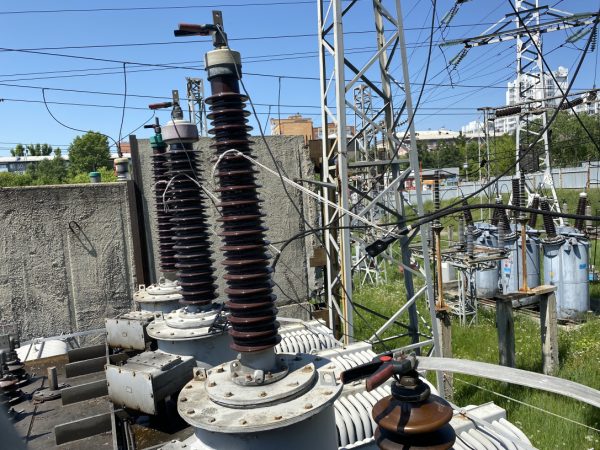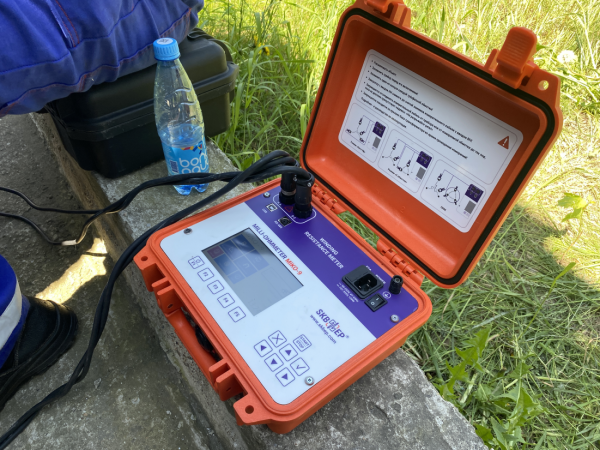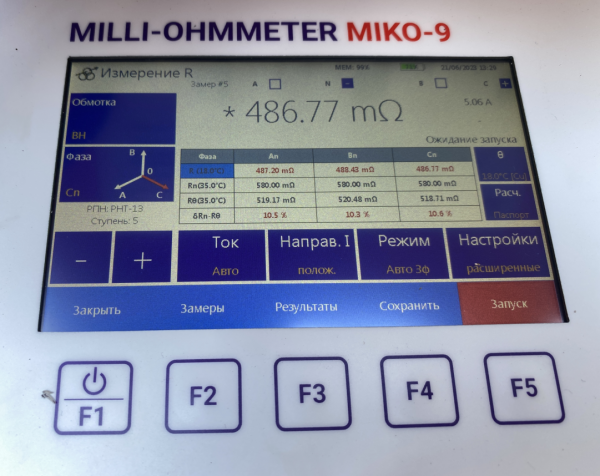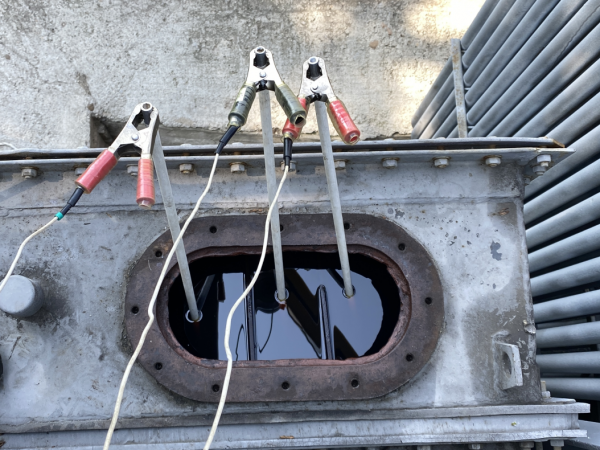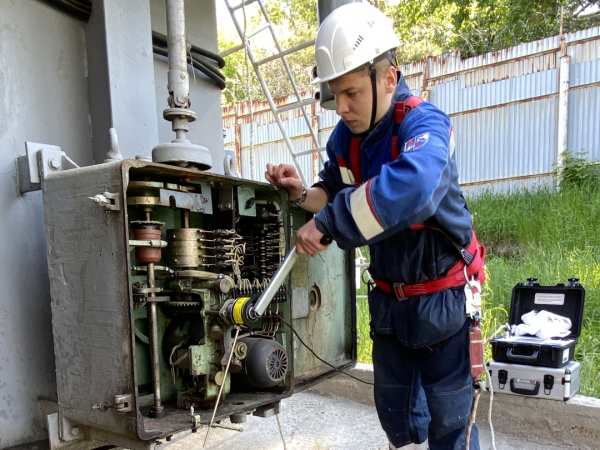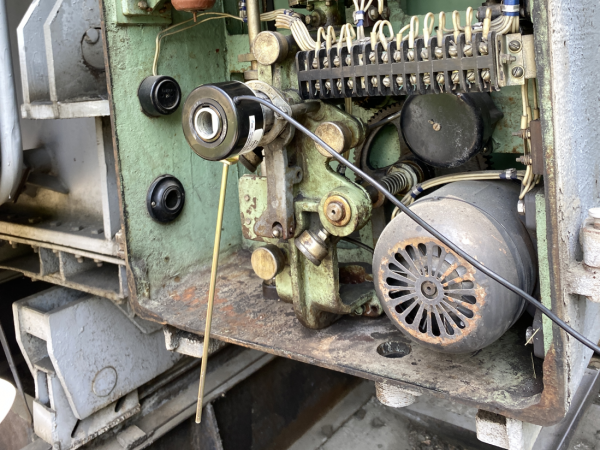Trial operation of MIKO-9A and testing of new functionality!
Specialists of SKB EP regularly test devices, test them at various facilities, and also check new diagnostic methods that can be built into the following modifications.
Recently, a number of tests were carried out on a three-phase power transformer of the TDTN 40000/110 type using a PKR-2M instrument and a MIKO-9A milli-ohmmeter. The specialists were faced with the task of checking the cause of the failure of the transformer, which was decommissioned, as well as determining feasibility of repairing this facility.
In addition, during these tests, a new experimental functionality was successfully tested, which is planned to be integrated into the next modification of the instrument from the group of milli-ohmmeters. We will tell you all the details a little later, we only denote that the measurements will become even faster and more accurate on any type of transformer of any power.At the moment, SKB EP sells three milli-ohmmeters: MIKO-7M(A), MIKO-8M(A), MIKO-9A, which differ in technical characteristics and functional modes.
MIKO-9A was used to measure the transfer resistance, as it is a modern multifunctional milli-ohmmeter capable of measuring electrical resistance in inductive and non-inductive circuits in the range of 1 μΩ ÷ 30 kΩ at a current of 10 A. In addition, it is equipped with a non-demountable estimation of the OLTCs (DRM test), allows for demagnetization and "heat run test".
Work with MIKO-9A on the transformer TDTN-40000/110
During these tests:
1. In the "AUTO 3Ph" mode, we measured the DC resistance on the high side, which made it possible to carry out diagnostics on three windings at once, which means reducing the number of ascents / descents to the object and the total measurement time.
2. In the "2 WINDINGS" mode, an DC resistance measurement was made on the LV side. The work here was carried out in this mode, because, the measuring current flows through two windings – the HV winding and the LV winding. Due to the larger number of turns in the HV winding, the saturation of the magnetic circuit occurs faster, and therefore the readings stabilize faster, both on the HV winding and on the LV winding. If the measurement is carried out on the LV winding without the "2 WINDINGS" mode, due to the smaller number of turns, the measuring current will stabilize longer, and the measurement will take longer. Thanks to this mode, it is possible to speed up the measurement of resistance on LV windings, in particular, on transformers with high power.
3. After all the measurements were used "DEMAGNETIZATION" mode.
Using PKR-2M, a circular diagram and an oscillogram of an OLTC device were recorded using a collapsible diagnostic method using contact probes, which made it possible identify the causes of malfunctions in its operation.
We draw your attention to the fact that we recently announced new, modernized contact probes, which have become even more convenient and functional, to look for more details click the link.
Thanks to the instrument being equipped with contact probes, the process of connecting to the contactor contacts occurs without draining the oil (or partial draining) – specialists only need to remove the cover in order to have access to the contactor.
Based on the results of the diagnostics, a discrepancy between the real readings and the passport values and a violation of the sequence of switching the selector contacts were revealed.
All the results of the work, identified malfunctions and the data obtained were pass to the maintenance personnel for the subsequent repair of the facility.
If you want to learn more about the diagnostics of power transformers and OLTC devices using SKB EP instruments, please contact the specialists by phone +7 (812) 500-25-48 or e-mail: skb@skbep.com.

 Русский
Русский
 Français
Français
 Chinese
Chinese
